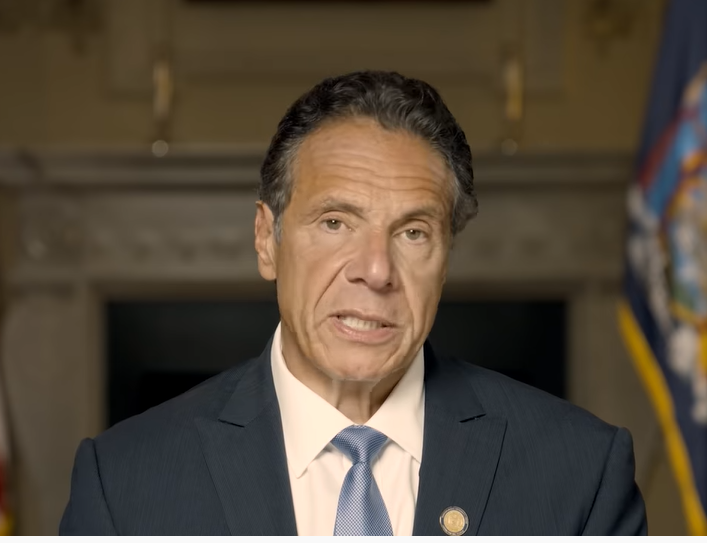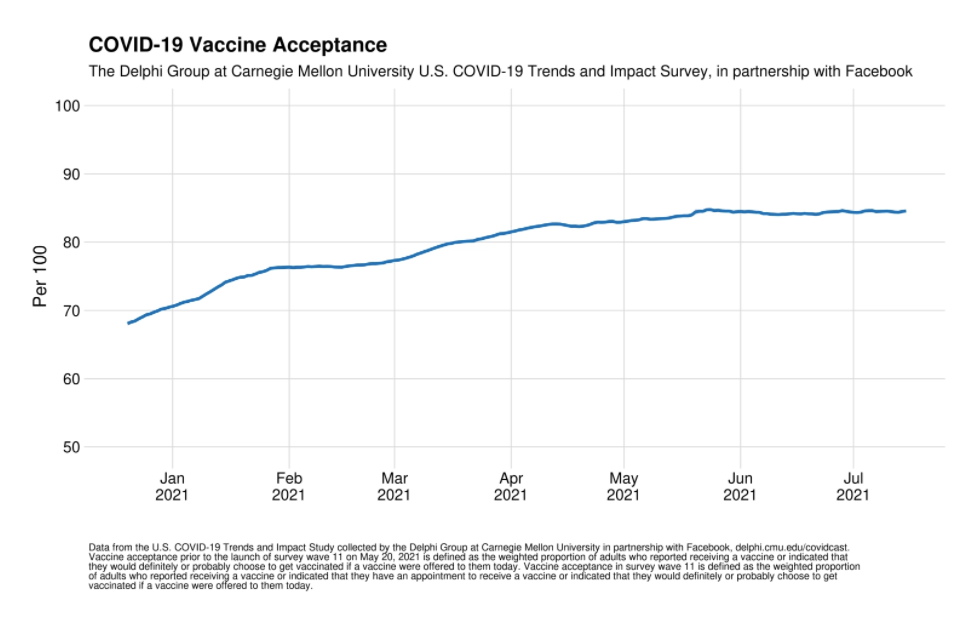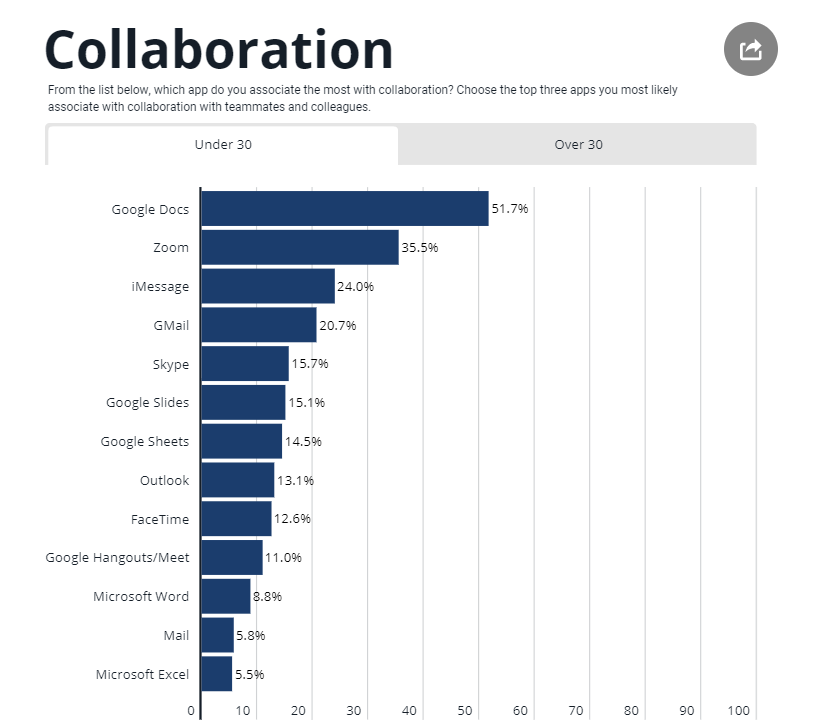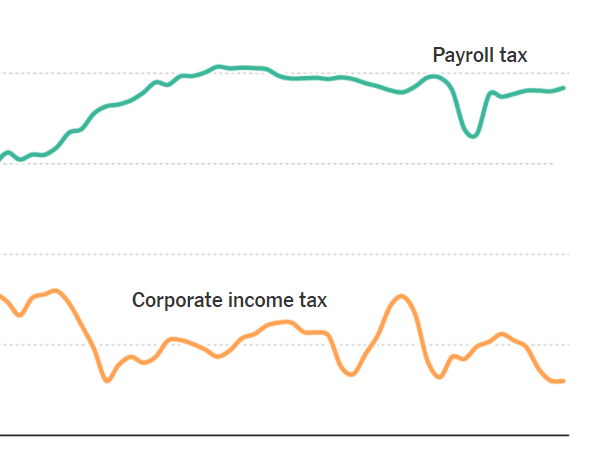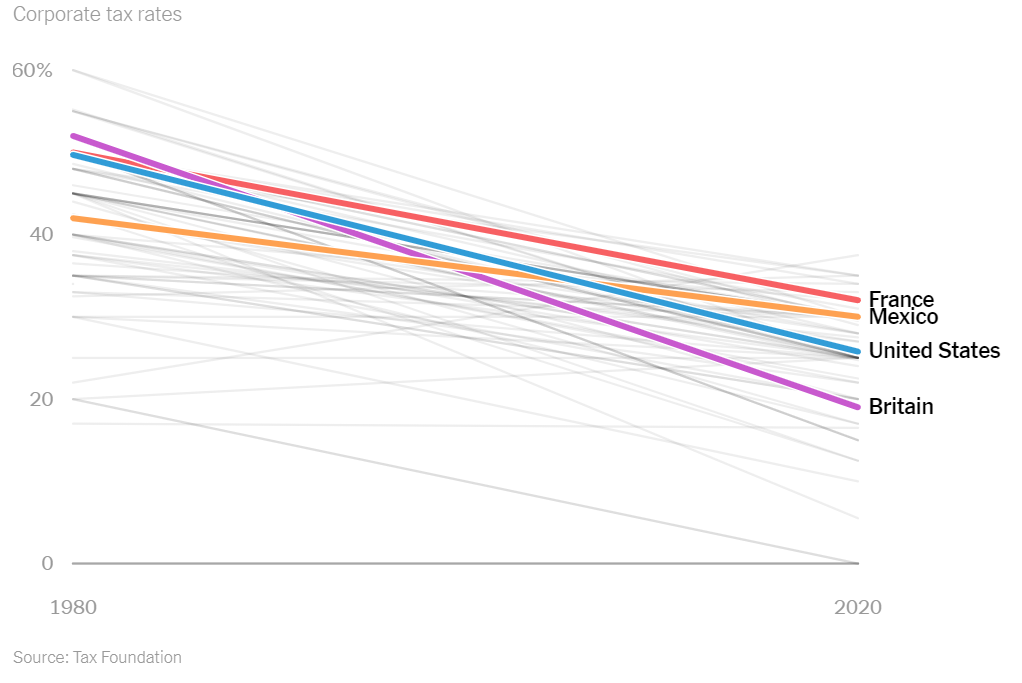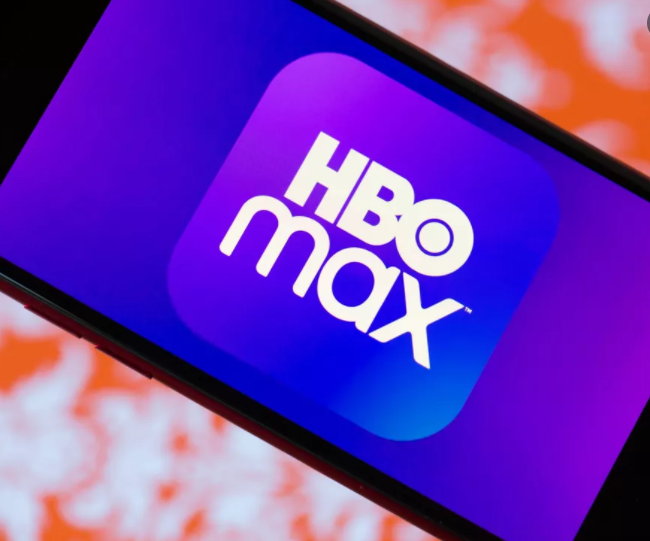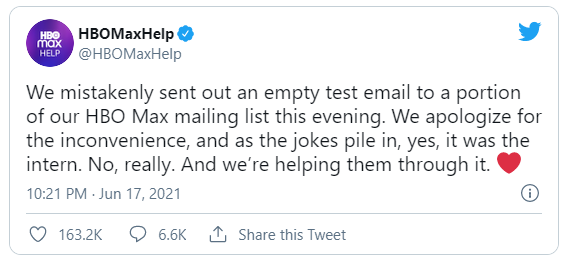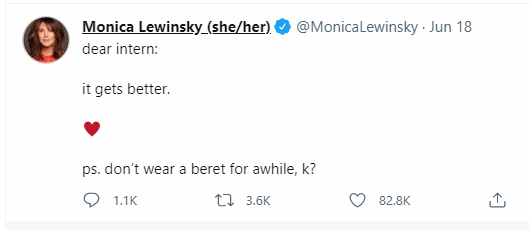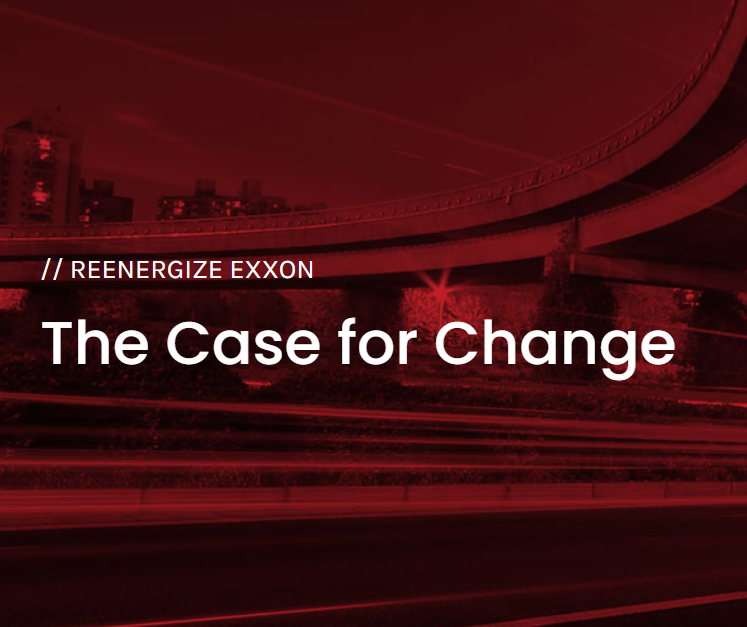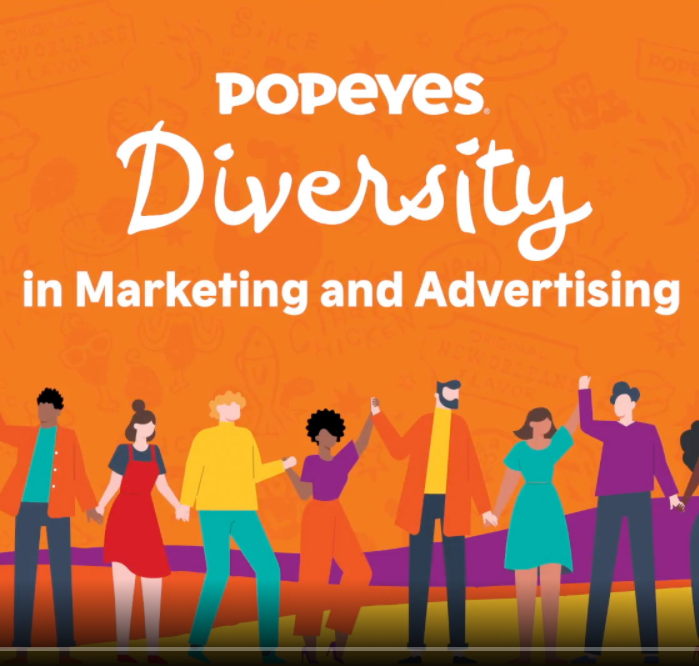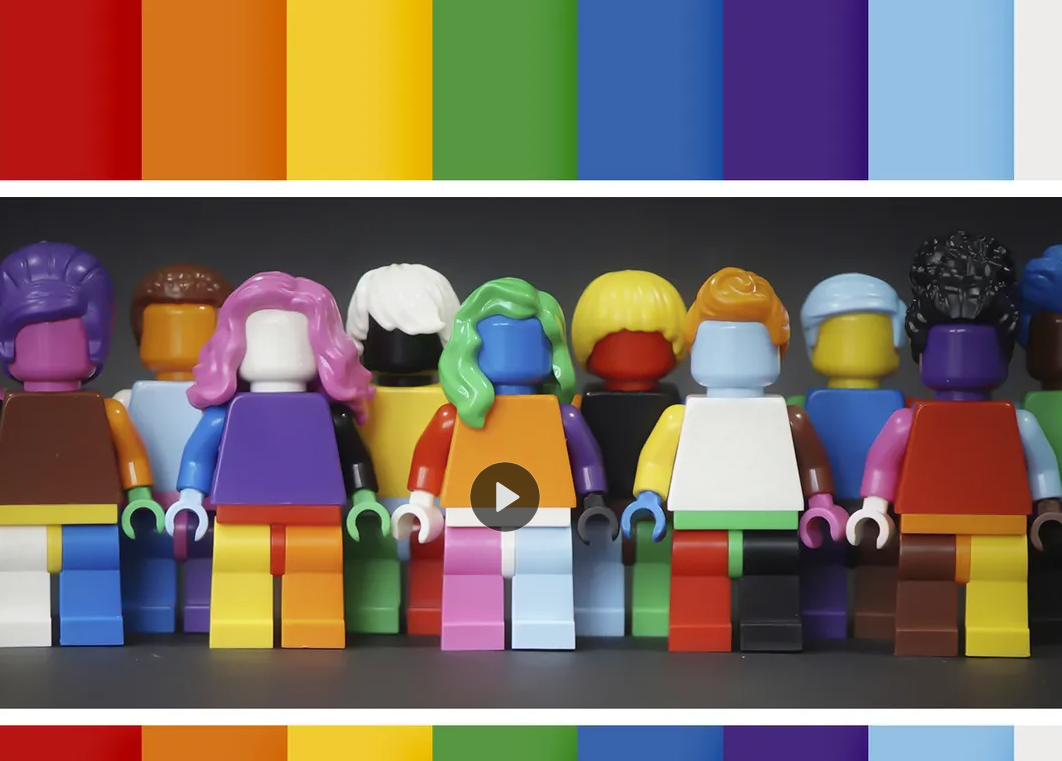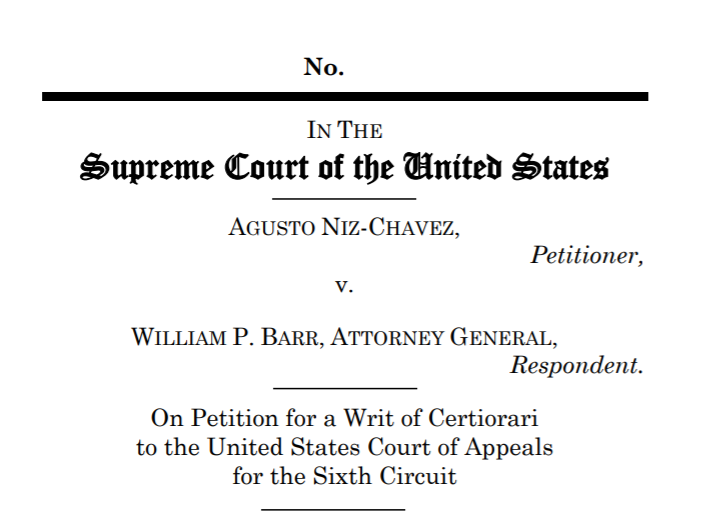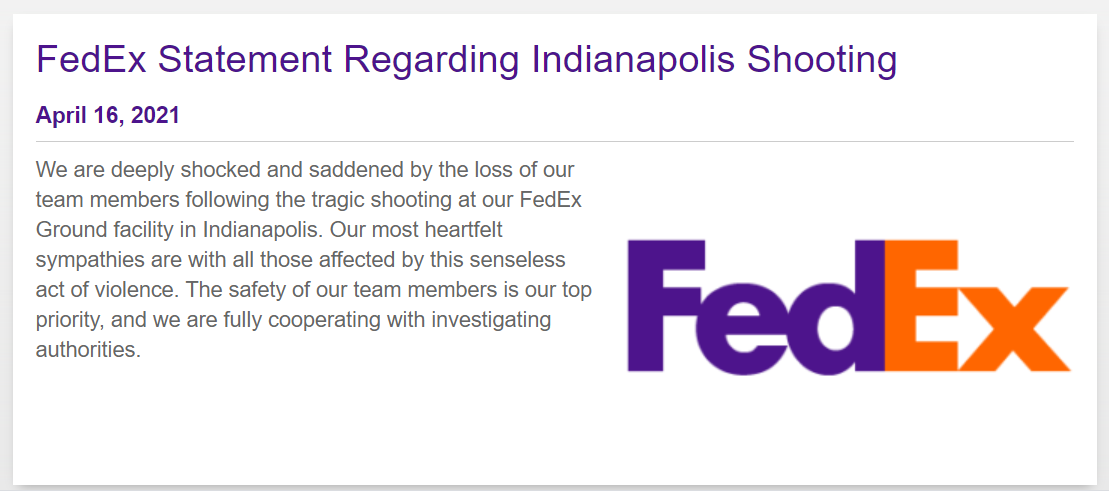New Research About Remote Work
A new study identifies advantages and challenges of working from home (WFH). A New York Times article cites little research in the area, but a recent paper published in the Quarterly Journal of Economics provides insights for companies and employees considering WFH arrangements.
The study was at Ctrip, a Chinese travel agency. The abstract follows:
Call center employees who volunteered to WFH were randomly assigned either to work from home or in the office for nine months. Home working led to a 13% performance increase, of which 9% was from working more minutes per shift (fewer breaks and sick days) and 4% from more calls per minute (attributed to a quieter and more convenient working environment). Home workers also reported improved work satisfaction, and their attrition rate halved, but their promotion rate conditional on performance fell. Due to the success of the experiment, Ctrip rolled out the option to WFH to the whole firm and allowed the experimental employees to reselect between the home and office. Interestingly, over half of them switched, which led to the gains from WFH almost doubling to 22%. This highlights the benefits of learning and selection effects when adopting modern management practices like WFH.
Remote employees seem to suffer bias. A study author put it simply, “They can get forgotten.” Informal conversations and other face-to-face interactions increase belonging—they create “in groups” and “out groups.” As a result, some people are better known and trusted, particularly by senior leaders, who are more likely to be in the office. These relationships lead to more mentoring, sponsorship, and promotion opportunities. With more women wanting to WFH than men, this issue could increase gender inequality at work.
WFH employees should aim to increase their social presence—reducing the perceived physical distance. A Forbes writer offers good advice for building relationships from afar:
Share openly.
Assume goodwill of others.
Stay in close proximity.
Be predictable.
Be easy to read.
Support others.
Be selective about your relationships.
Hold others accountable.
Demonstrate integrity and tell the truth.
In the coming years, as more companies offer the option and more employees choose to WFH, we'll learn more about how to successfully WFH.
Apple Clarifies Policy
Apple software chief Craig Federighi spoke with a Wall Street Journal reporter about a misunderstood policy related to child pornography. The company had announced new reporting guidelines for illegal content. As part of the same message, they described new guidelines about photos sent to and from children. User backlash concerned how the company was monitoring their phones.
Federighi said, “I do believe the soundbite that got out early was, ‘Oh my God, Apple is scanning my phone for images.’ This is not what is happening.” He clarified that, using algorithms, they’re looking at photos stored on iCloud—not on people’s phones. The company is flagging only those photos that meet criteria of child pornography.
During the published interview with the WSJ reporter (what made the final cut on the website), Federighi didn’t emphasize the end goal: protecting children. The reporter provided this context, but the message was not at the forefront’s of Federighi’s main points. His focus was on clarifying the initial message: “I think our customers own their phones,” again, distinguishing what we choose to post on Apple’s server.
Federighi also demonstrated humility by admitting that the message was garbled and that AI technology does make mistakes. In hindsight, it sounds as though Federighi would have announced these guidelines in separate messages with more detail about the photo search process.
Report Details Governor Cuomo's Pattern of Sexual Harassment
The New York State attorney general published a 165-page report detailing how Governor Andrew Cuomo has sexually harassed women for years and how a culture of “fear and intimidation” allowed his behavior to continue.
In addition to the report, other communications about the situation are interesting examples, particularly of persuasion:
Governor Cuomo’s video response
NY Times opinion calling for his resignation
What makes each of these messages credible—or not—is a rich topic of discussion. The report and other messages use details and examples to prove their points. In his video message, the governor intersperses images of him hugging and kissing many people. His strategy is to “normalize” and de-sexualize his behavior. However, the report describes incidents that go beyond these displays and concludes that the governor violated federal and New York State sexual harassment law.
Update: Governor Cuomo resigns. In a video, he explains his decision, which seemed inevitable.
Millennials Talk Openly About Salaries
According to a Wall Street Journal article, millennials don’t carry the salary baggage of previous generations. Growing up in the open world of social media, this generation is used to sharing information about themselves that older people might consider taboo. In addition to salaries, millennials talk about credit card debt, savings, and other financials.
The transparency is helpful to other people their age. Employees can negotiate for fair salaries and, in some cases, not feel shame around money because they know that others are either in similar situations or have advantages that they don’t enjoy. The article also cites examples of people feeling better about their circumstances knowing that others carry a lot of debt, while they choose not to.
The article reminds me of the idea of “radical transparency” practiced at Bridgewater Associates and, to a lesser degree, some other companies. Being open about employees’ performance and compensation can cause hard feelings but may encourage a greater degree of fairness.
Facebook Responds to President Biden's Criticism
Facebook is on the defensive after President Biden said the company is “killing people.” The president blamed Facebook for not managing misinformation about the COVID-19 vaccine and, as a result, causing more deaths: “Look, the only pandemic we have is among the unvaccinated. And they’re killing people.”
President Biden later softened his message, saying that information from about a dozen people is wrongly influencing people’s decisions: “Facebook isn’t killing people; these 12 people are out there giving misinformation. Anyone listening to it is getting hurt by it. It’s killing people. It’s bad information.”
In response, Facebook published a statement on its website, “Moving Past the Finger Pointing.” The writer, Guy Rosen, VP of Integrity, offers several points of evidence. He mentions partnerships with universities, the high vaccination rate among Facebook users (85%), and measures the company has taken, including promoting “authoritative information” and labeling “debunked” content.
Rosen disputes what is perhaps President Biden’s implied claim: that Facebook is the reason he missed his goal of having 70% of Americans vaccinated by July 4.
A New York Times Daily podcast analyzes the arguments and finds strengths and weaknesses on both sides. The reasons people don’t get vaccinated are complicated. At the same time, the reporter concludes, Facebook could do more to prevent the spread of misinformation.
This story is a good example of persuasion—and politics and business.
Shorter Meetings, but More of Them
According to a Wall Street Journal article, meetings are 20% shorter, but workers have more of them. Since the pandemic, everyone seems to want to “check in.” We check in on employees we don’t trust, and we want to keep people “in the loop” and engaged.
Managers also check in to convey empathy. We’re told to be caring during transitions, so that means more meetings.
Employees have had it. Even with the time reduction—20 minutes instead of 30, and 50 minutes instead of an hour—a lot of time is spent meeting, which is taking a toll on efficiency.
More Hope for Email’s Demise
A hopeful New York Times article surmises that Gen Z will save us all from email. The subtitle sums up the sentiment:
“It’s actually crazy how outdated it is.” People born after AOL Mail was invented seem to prefer to communicate in almost any other way.
The article cites a study that describes the many collaboration tools employees use every day—tools from different companies that aren’t necessarily sanctioned by their organization. An employee might use Google Docs, Zoom, Apple iMessage, and Microsoft PPT or some other combination of products. This chart shows what tools people under 30 use more frequently.
One 24-year-old said she uses “literally anything but email” when given the choice. Email is viewed as a cause of stress, particularly having to check it often and because it often means task delegation: an email brings something that needs to get done. Because email takes time away from other tasks, employees also feel interrupted, and research tells us people need about a minute to get back on track.
A FastCompany writer hypothesizes that the younger generation might finally kill email, and iMessage, rather than Slack or Microsoft Teams, might be the bullet. I’m skeptical, but like these articles, I remain hopeful. Being older, I don’t have the emotional baggage of email because that’s how I grew up. But I understand the grace and simplicity of Apple tools and welcome them at work.
Clear Line Charts
A New York Times opinion article illustrates the power of the line chart. With the title, “This Is Tax Evasion, Plain and Simple,” the author describes the U.S. corporate rate over time and compared to other countries.
The authors argue that countries have reduced corporate rates to compete for businesses, and over time, the rate has become too low. The chart at right compares the U.S. to other countries, while the chart below shows the change in U.S. wage and corporate taxes since 1950.
Additional charts show that companies have moved money to tax havens abroad, but economies and workers have not benefitted.
An economist and a writer and graphics editor paired up to produce the article. We see the influence of both—the data, plain language, and charts paint a vivid picture.
Blame the Intern
HBOMax customers received an email with the subject, "Integration Test Email #1,” that obviously wasn’t intended for them. In a follow-up email, the company blamed an intern for the mistake.
Twitter responses poured it to support and empathize with the intern. Embarrassing stories ranged from sending emails to big groups to typos. As an intern, someone replaced all “parties” to “panties” in a 50-page legal document (dare I say “brief”?).
The best was when Monica Lewinsky weighed in.
Interns make mistakes; we all do. Facing the situation with humility—the ability to learn—is the best approach. The HBOMax situation could have been a lot worse, and fortunately, the public turned it around to focus on the shared experience we have all had.
Free Speech Case
In an 8-to-1 vote, the U.S. Supreme Court ruled that a high school cheerleader could use F-bombs on social media. The student was suspended from the team after posting a video and disparaging the team and the school. But the court upheld her right to free speech.
The justices did say that the school has the right to take action when a student’s behavior in person—or online—is disruptive to the classroom, but they didn’t believe that this case warranted the school’s decision.
This was an important decision but left the door open to other cases. As one attorney said, the decision was “common sense,” but others might be greyer and more complex.
Resume Gaps
A Wall Street Journal columnist tells us, “Don’t Sweat Your Pandemic Résumé Gap.” High school students have gotten a reprieve from taking some standardized tests for college applications, and that generosity seems to have extended to prospective employees. People faced all sorts of challenges during the pandemic, and this reporter argues that employers will let it slide.
A survey of recruiters found that 49% believe a gap is now acceptable instead of a red flag. Recruiters say you don’t need to over-explain a gap, which could be due to family obligations. Instead, have a concise statement prepared such as, “I was glad to spend time with my family, and now I’m excited to get back to work.”
It will look good if you attended classes or earned a certificate during your time off, but that isn’t essential. At the same time, the optimistic article offers a warning: more than two years out of the workforce makes it difficult to re-enter.
I’m glad to see this article and hope the sentiment extends beyond pandemic times. I am a bit concerned about the survey response. If 49% of recruiters will make allowances for time off, what about the other 51%? Of course, the news affects women more than men because women were more likely to be home during the pandemic.
Persuading Wall Street
The Wall Street Journal describes a hedge-fund manager’s decision to convince Wall Street investors to improve Exxon’s board oversight. A former coal mine owner, Christopher James spent $250 of personal funds to rally support from other fund managers and win three board seats to encourage environmental, social, and governance (ESG) changes at the company.
Exxon was vulnerable, and the timing was right. James created an organization, Engine, which wrote an open letter to Exxon and shareholders. The demands include “putting the Company on a path to net zero total emissions by 2050.”
James says his inspiration came from a conversation with his children:
The hedge-fund manager’s school-aged sons asked him how he could consider himself an environmentalist if he invested in energy companies, and Mr. James said he struggled with his explanation.
“As I was listening to myself talk, I thought `I am really splitting hairs on this.’” One of his sons, he said, “had this look on his face where his forehead wrinkled. He didn’t buy it.”
James also said, “I can get rid of this compartmentalization. I could realign my values with an investment thesis.”
This story is a great example of integrity and courage character dimensions. James is living his values and took action despite risks.
Grubhub's Goodwill Message
Grubhub is demonstrating gratitude with an ad directed primarily toward restaurants. The company benefitted greatly during a tough year for restaurants. During COVID restrictions, food delivery services did well, raising prices and cutting into restaurants’ margins. Grubhub and others have been criticized for hefty commissions and for listing restaurants on their sites when they weren’t affiliated with the service.
Now that restrictions are lifting, analysts predict that delivery services will continue to thrive. Still, an AdAge author notes that Grubhub needs to “remain relevant as in-person dining comes back.”
In the commercial, Grubhub speaks to restaurant workers:
“Here’s to you, restaurant. Thank you, from the bottom of our stomach. . . . Without you, we wouldn’t be Grubhub. We’d just be ‘hub.’”
Will the commercial ring false? Will it feel to restaurant owners and staff that Grubhub is manipulative or insincere? I don’t know. Obviously, the secondary audience is diners.
Senders of true goodwill messages, for example, messages of appreciation, don’t expect anything in return. Thank-you messages may bring about favor, but they are not intended for future reciprocation.
Popeyes Publishes Diversity Scorecard
Popeyes fast-food chain is publishing its diversity data related to marketing. The company will provide data about females and ethnic diversity among those represented in ads and members of creative teams, marketing departments, and external ad agencies.
With vivid colors and eye-catching graphics, the “scorecard” shows demographics at-a-glance. The chart is easy to understand and shows clearly where the company has more work to do. Text on the webpage admits deficiencies:
“We acknowledge our own lack of diversity and our commitment to be better, more diverse, and more inclusive. So today, we want to share our starting point.”
Text also draws conclusions for each group, for example, the ad teams:
“Our agency teams demonstrate the highest gender diversity of any pillar, but continue to lack in racial and ethnic diversity amongst Black/African-Americans.”
Popeyes’ approach is solid for improving diversity—and getting publicity. The Wall Street Journal article reflects well on the company. For the webpage, the “mandates” work well to identify targets, although they seem easily achievable. I don’t see on the webpage why diversity is important. Beyond the obvious—to increase market share—so what?
The scorecard is a good example of transparency but can be improved in other ways. A summary would give an overall percentage that can be tracked more easily over time. Also, I wonder about employees and partners who don’t identify as either male or female. Maybe that non-binary group could be represented as well.
Lego: "Everyone Is Awesome"
Lego is celebrating the LGBTQIA+ community with a new rainbow-colored set. The set will be available on June 1—the start of Pride Month. The designer explains the decision for the “Everyone Is Awesome” product:
“I am fortunate to be a part of a proud, supportive and passionate community of colleagues and fans. We share love for creativity and self-expression through Lego bricks and this set is a way to show my gratitude for all the love and inspiration that is constantly shared.”
The designer also explained that the characters intentionally have no specified gender.
In a press release, the company describes the purpose:
“Everyone is unique, and with a little more love, acceptance and understanding in the world, we can all feel more free to be our true AWESOME selves! This model shows that we care, and that we truly believe ‘Everyone is awesome’!”
The product is a good example of company leaders taking a stand. They might alienate some customers, but they are holding true to their values, stated at the bottom of the release:
“The LEGO Group is committed to building a diverse and inclusive workplace. It partners with Workplace Pride, Stonewall and Open for Business to help shape strategies to support employees who identify as LGBTQIA+ and allies across the company. It also supports UK-based charity, Diversity Role Models which works to educate children about inclusivity and empathy in order to build supportive and inclusive future generations.”
Waitlisted Student Markets Himself
George Joseph White V was waitlisted from Cornell’s Dyson School, and he decided to promote himself. He advertised on the outside of a local bus with a photo of himself and his website. On his website, georgecantwait.com, White lists his hobbies, interests, and other information. He also includes quotes from a few of his teachers.
The approach certainly is creative and gutsy, but is it appropriate? From a business communication perspective, we consider the audience and the message. White describes his qualifications, but he doesn’t say much about how could contribute. What would he bring to the school that might differentiate him from other students on the waitlist?
White also is interviewed by a local radio station, which is posted on his website. He says he believes he’s qualified, and the only reason he wasn’t accepted is that the number of applicants increased. The number did increase, partly because of the pandemic and students taking a gap year and partly because Cornell dropped the SAT/ACT requirement.
Still, perhaps other students were simply more qualified than White, and that’s why he didn’t get in. White also chose an approach that isn’t available to all students: spending money on ads and a website.
When I asked students about the situation in class, they were mixed. Some respected his perseverance, while others thought his approach was too self-promotional and unfair. As one student wrote in chat, “It’s a WAIT list.”
Peloton Announces Recalls
After resisting action despite consumer product warnings, Peloton has conceded and is recalling two models of its treadmills. One child died and more than 70 people were injured, so the Consumer Product Safety Commission (CPSC) recommended the recalls a month ago.
In the company statement, CEO John Foley admitted the mistake:
The decision to recall both products was the right thing to do for Peloton’s Members and their families. I want to be clear, Peloton made a mistake in our initial response to the Consumer Product Safety Commission’s request that we recall the Tread+. We should have engaged more productively with them from the outset. For that, I apologize. Today’s announcement reflects our recognition that, by working closely with the CPSC, we can increase safety awareness for our Members. We believe strongly in the future of at-home connected fitness and are committed to work with the CPSC to set new industry safety standards for treadmills. We have a desire and a responsibility to be an industry leader in product safety.
The CPSC said the decision came after “weeks of intense negotiation and effort.” Peloton will suffer financially: the company has stopped selling the treads and is offering a full refund of more than $4,000 for the products. But executives may have spared themselves and the brand some reputation damage if they had acted earlier.
Supreme Court Decision Rests on "a"
An extraordinary Supreme Court ruling was based on one of the smallest words in the English language: a. An immigration law requires that people who might be deported receive “a notice to appear.” Does that mean only one, or could the notice be divided into two?
Justices ruled that the law requires one and only one. The ruling is significant because Agusto Niz-Chavez, an immigrant from Guatamala who has been in the United States since 2005, received two notices, each requiring different documents.
Immigrants who have 10 consecutive years in the United States have an easier time staying. But a deportation document means that the clock stops. In Niz-Chavez’s case, because he received multiple notices, his attorney claimed that his clock didn’t stop—and most justices agreed.
This case is significant also because three conservative justices ruled with the liberal justices, who formed the majority.
Other legal cases have hinged on punctuation marks, but this is the first I remember that rested on such a small article of speech. Legal writers will heed the warning to craft regulations more carefully in the future.
Viral Spotify Resume
A college student created a resume that mirrors the Spotify app, and she got a lot of attention. Included in the more 300,000 views is a manager at Spotify who encouraged her to apply for a product manager internship.
Emily Vu’s creativity paid off: she got the job.
Emily was looking for a creative job. I’m not sure this same approach would work for, say, a data analyst position at a hedge fund. She also posted it with the “f” word (with an asterisk and redacted here). Not every employer would appreciate this either.
But Emily took a risk, which worked for Spotify—and for many others who admired her resume.
FedEx Statement About Shooting
After a shooting at an Indianapolis facility, FedEx posted a statement on its website. At the top of the home page is a notice: “We are deeply shocked and saddened by the loss of our team members following the tragic shooting at our FedEx Ground facility in Indianapolis. Read more.”
The company posted two additional statements on its website under “Newsroom”:
“Honoring Our Team Members in Indianapolis” lists employees who were killed.
“Frederick W. Smith Message to Team Members on Indianapolis Tragedy” is a message from the Chairman and CEO.
Each message is heartfelt and opposes violence with such phrases as “Violence of any kind has no place in our society or our workplace” and “senseless act of violence.” But the company is avoiding any mention of guns and the two longer messages don’t mention that the victims were shot. The only reference is in the title and body of the first statement: “shooting” is used twice.
The cause of death is important to include, particularly so that FedEx deflects responsibility. This is also an opportunity for CEO activism, as we have seen from other CEOs recently. However, FedEx is not entering this highly charged political conversation at this time.



